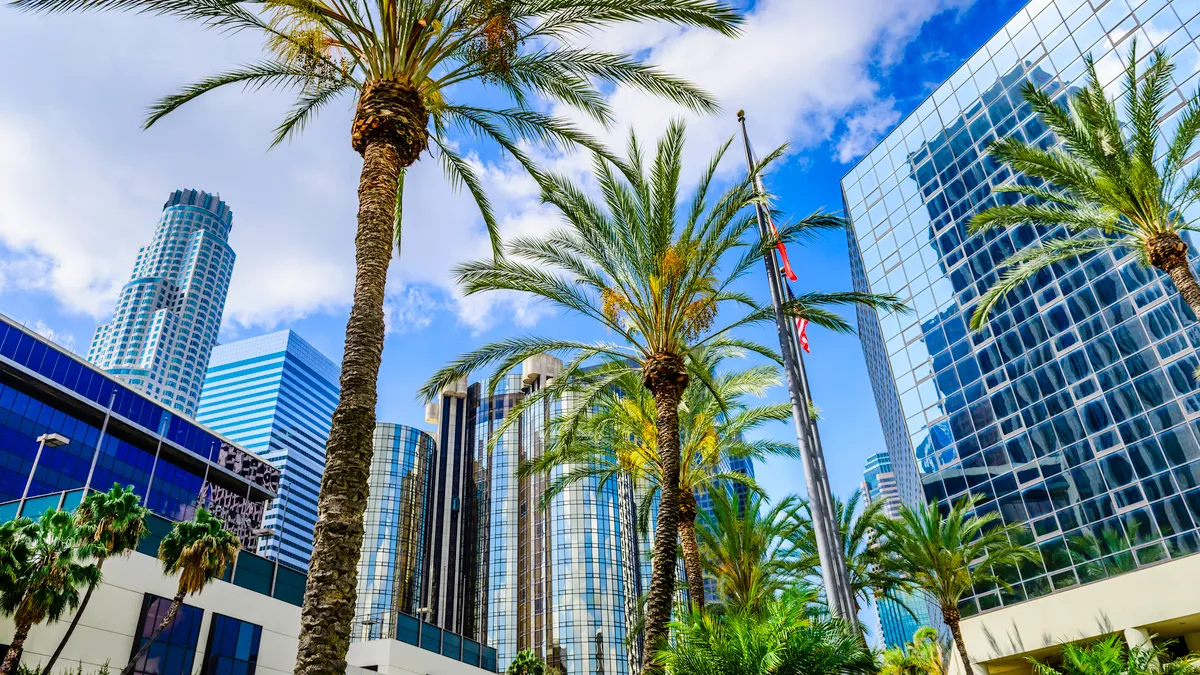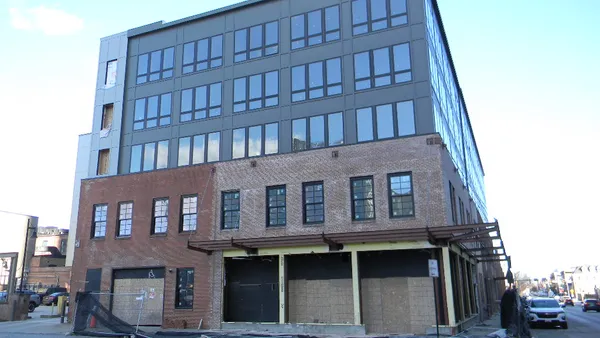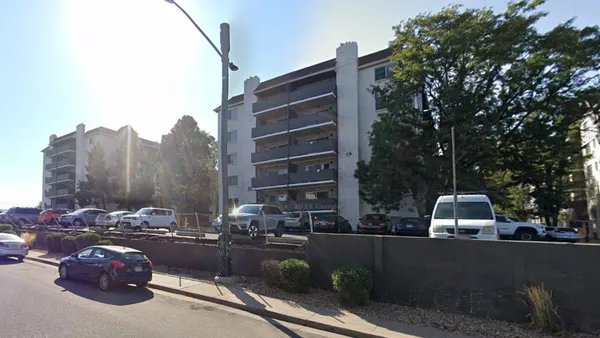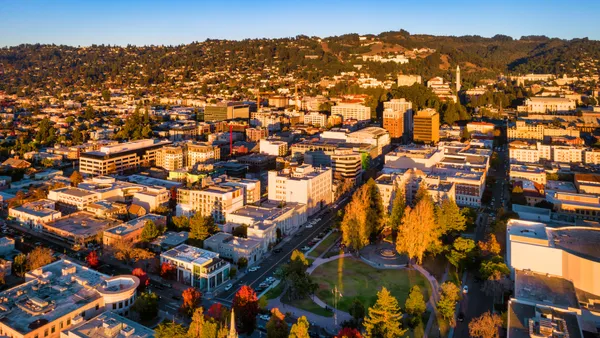Dive Brief:
- Changes in the office and new residential construction markets resulting from remote work have made office-to-residential conversion projects more viable for developers, according to a report presented at Bethesda, Maryland-based real estate consultancy RCLCO’s latest monthly webinar.
- While office-to-residential conversions are nothing new, the scale of these projects has historically been limited, according to Caroline Flax Ganz, vice president at RCLCO. Building an entirely new multifamily project was less expensive than converting an existing office building, development sites for new builds weren’t hard to find elsewhere and cities often weren’t receptive.
- However, as office vacancy rates rise and investor appetite falls, RCLCO anticipates a “fundamental repricing” of office space. At the same time, the cost of new residential construction is rising beyond the cost of conversion, and code and technical issues have become easier to navigate, Ganz said.
Dive Insight:
In RCLCO’s mid-year sentiment survey, about one-third of real estate professionals surveyed believed office values would decline more than 20% peak to trough in the current real estate cycle. Across all responses, office values were expected to decline by a weighted average of 16.3%, far outpacing any other property type.
Design constraints have posed an obstacle to conversions in many office types — deep floor plans and high interior square footage are among the issues mentioned by Ganz. However, some conversions have been able to overcome the obstacles of their base footprint by embracing them, particularly when the architectural features are visually striking.
An example of this is Arrive Inner Harbor in Baltimore, Maryland, a 419-unit development converted from a historic bank and office tower by Baltimore-based Metropolitan Partnership. Originally constructed in 1929 as the headquarters of the Maryland National Bank (now part of Bank of America), the redevelopment incorporates the original bank architecture into its amenity spaces, including a lounge area built into the bank’s vault. A retail tenant, the Under Armour Performance Center, makes use of the original lobby as gym space.
The regulatory environment has also become more receptive to office-to-multifamily conversion projects. “The market reality really seems to be setting in,” Ganz said in the webinar. “Whether it’s working from home combined with growing appreciation for… mixed-use communities, as opposed to an office-dominated downtown, there’s been more understanding of the need to convert these defunct office buildings to residential.”
Washington, D.C. is one of the most active markets for office-to-multifamily conversion, with 11 buildings converted since 2002 and another 11 in the construction pipeline, according to data from the DowntownDC Business Improvement District. The market gained 1,565 new adaptive reuse units between 2020 and 2021, more than any other city during that period, and the District of Columbia government is presently considering property tax relief incentives for developers who execute on these projects.













